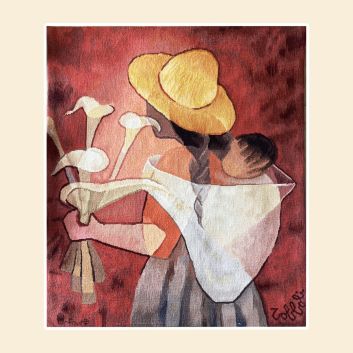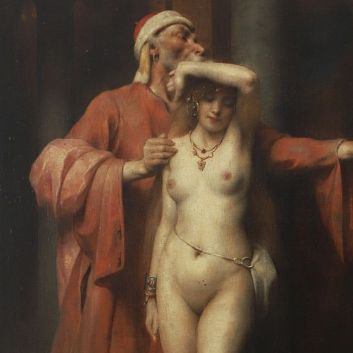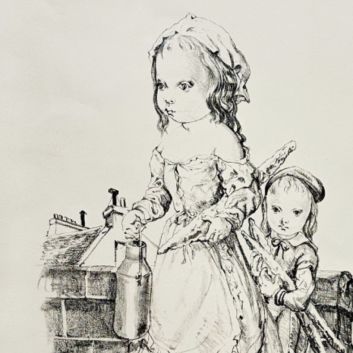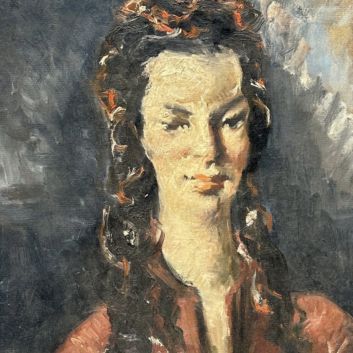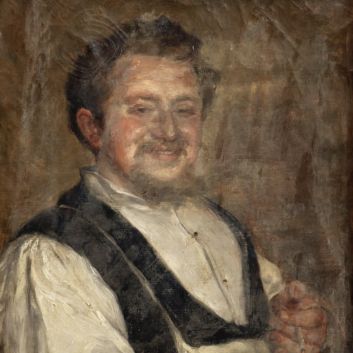Value and quotation of works, paintings by Jean-Gabriel Domergue
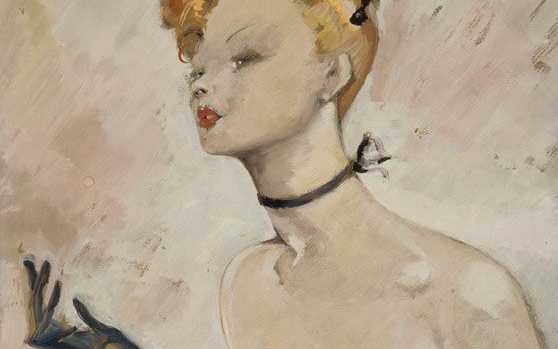
If you own a work by or about the artist Jean-Gabriel Domergue, and would like to know its value, our state-approved experts and auctioneers can offer you their expert appraisal services.
Our specialists will carry out a free appraisal of your work, and provide you with a precise estimate of its current market value.
Then, if you want to sell your work, we'll point you in the right direction to get the best possible price for it.
Artist's rating and value Jean-Gabriel Domergue
Domergue is primarily a painter of female portraits. His legacy includes paintings, watercolor drawings and prints. Today, prices for his works are rising under the auctioneer's hammer.
His paintings are particularly prized by French buyers, and the price at which they sell on the art market ranges from €20 to €194,600, a considerable delta but one that speaks volumes about the value that can be attributed to Domergue's works.
In 2017, an oil on canvas depicting a portrait of a woman sold for €105,000, whereas it was estimated at between €15,000 and €20,000. The artist's price is quite high, and varies according to the number of works on the auction market.
Order of value of a Jean-Gabriel Domergue painting (from the most basic to the most prestigious)
Technique used | Results |
|---|---|
From €20 to €4,000 | |
Drawing - watercolor | From €80 to €23,000 |
Oil on canvas | From €800 to €194,600 |
Response in less than 24h
Jean-Gabriel Domergue, pin-up artist
Jean-Gabriel Domergue is a French artist who richly deserves the title of "creator of the pin-up" for his depictions of 1920s Parisian women, characterized by large eyes and long, graceful necks.
Born on March 4, 1889 in Bordeaux, he was the cousin ofHenri de Toulouse-Lautrec. At an early age, he entered the École Nationale Supérieure des Beaux-Arts in Paris, where he trained alongside the great masters.
By the age of 17, he was already exhibiting his work at the Salon des Artistes Français, and in 1920 he was awarded the prestigious Prix de Rome, a recognition that marked a turning point in his career.
At first, he devoted himself to landscape painting, but it was in the 1920s that he made a decisive transition, specializing in female portraits.
He is known for his distinctive approach to the female body, where faces are drawn with huge eyes and long, elegant necks. This style enabled him to capture the essence of the modern Parisian woman, elegant and glamorous, earning him the nickname "the creator of the pin-up".
Domergue quickly became a highly sought-after portraitist, particularly in aristocratic circles, where his works were highly regarded.
He produced over 3,000 portraits throughout his career, painting refined women who embodied a certain vision of feminine beauty.
At the same time, he works with fashion designers. Some inspired him, such as Paul Iribe, Yves Saint Laurent or Elsa Schiaparelliand Elsa Schiaparelli, designing clothes and accessories for his models, bringing his own personal touch to the fashions of the day.
Domergue did not limit himself to portrait painting. He was also a renowned poster artist, designing posters for the Cannes Film Festival that quickly became symbols of 1930s glamour.
In 1955, he was appointed curator of the Musée Jacquemart-André in Paris, where he actively promoted the collections.
Shortly afterwards, he was made a Chevalier de la Légion d'honneur, a distinction that rewards his work and influence in the art world.
Jean-Gabriel Domergue died on November 16, 1962 in Paris, leaving behind a body of work comprising over 3,000 paintings. His influence endures long after his death.
Her distinctive style, with its exaggeratedly wide-eyed Parisiennes and elongated necks, continues to inspire, and her legacy, a cross between art and fashion, remains a benchmark that cannot be ignored.

Focus on La Parisienne en bleu, Jean-Gabriel Domergue, 1920's
The work by Jean-Gabriel Domergue that particularly stands out is La Parisienne en bleu, produced in the 1920s. This painting perfectly embodies the spirit of the period, where elegance and sensuality combine to create a feminine figure that is both modern and timeless.
The subject of the work is a young woman wearing a navy blue dress, the fabric draped with fluidity, highlighting the model's long, graceful figure.
The Parisienne, with her steady gaze and delicately turned face, embodies the archetypal woman of the Roaring Twenties, sophisticated and refined, but also free and emancipated.
The most striking element of this work is undoubtedly the woman's piercing gaze, her large, expressive eyes immediately capturing the viewer's attention. These eyes, of rare intensity, seem to reveal a depth of thought and emotion.
They reflect the modernity of the time, when women asserted themselves and became central figures in society, both active and seductive. The model's long, graceful neck is another significant detail of Domergue's style.
This choice highlights an idealized silhouette, but also a form of lightness and fluidity that contrasts with the agitation of the time.
The blue of the dress is another major element in this composition. The cool, soothing color contrasts subtly with the warm tones of the model's face and skin.
This opposition creates a harmonious balance that invites the viewer to linger over every detail. The use of light on the woman's face and hands reinforces the effect of softness, underlining the model's sensuality while maintaining great modesty.
Accessories, such as pearls and delicately coiffed hair, are details that testify to Domergue's attention to fashion and the presentation of her models.
La Parisienne en bleu is a work that goes beyond the simple portrait. It embodies the era of the 1920s, when fashion, sensuality and elegance became essential values in art and society.
In this painting, Domergue captures the very essence of the modern Parisian woman, combining aesthetics and emotion to create an unforgettable visual record of her era.
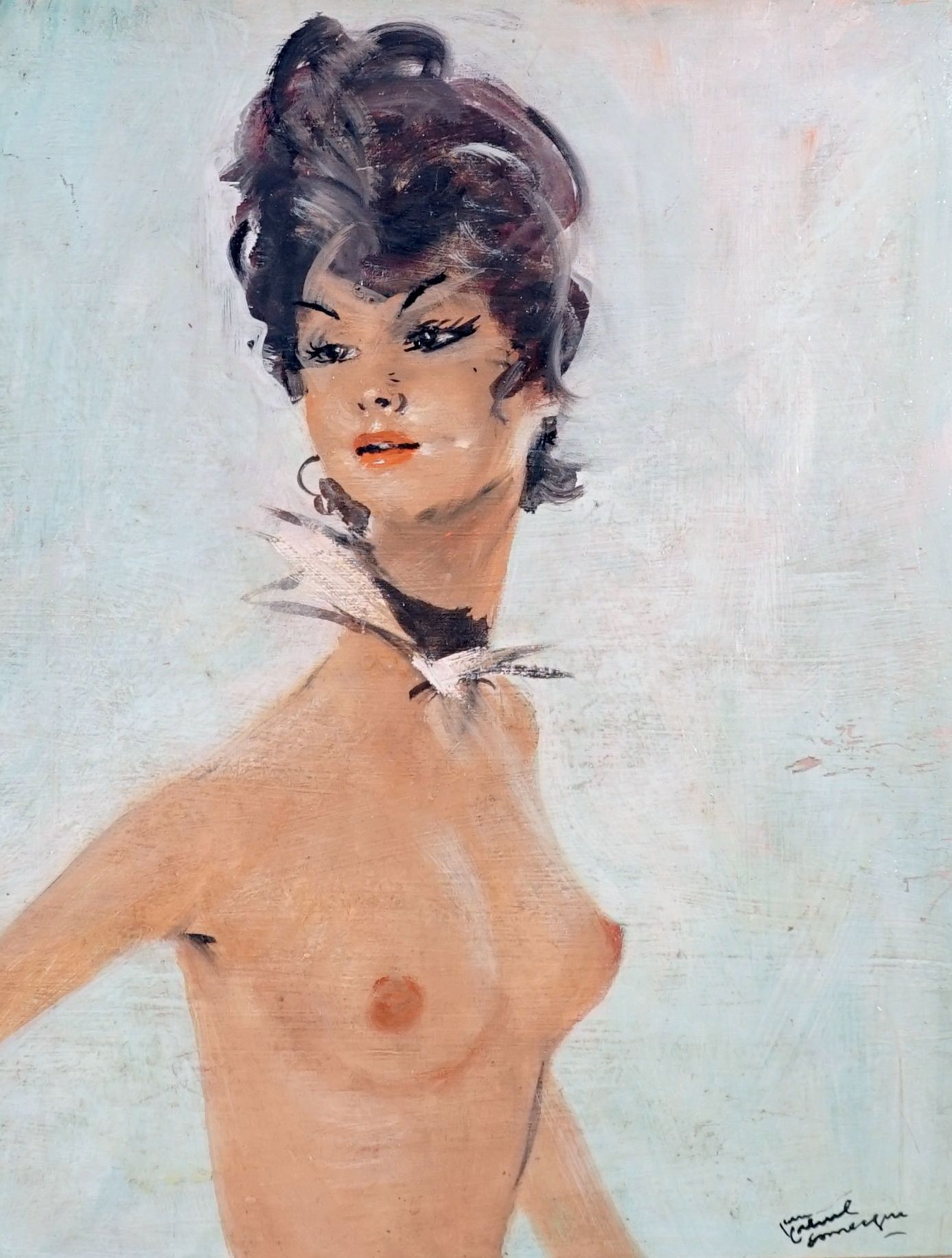
Jean-Gabriel Domergue's imprint on his era
Jean-Gabriel Domergue's works are distinguished mainly by their depiction of elegant, seductive women, often referred to as "pin-ups".
These portraits of Parisian women from the 1920s capture a particular essence of femininity, underscored by characteristic features: large, expressive eyes and long, graceful necks.
Through his brush, Domergue highlights feminine softness and grace, seeking to capture the moment of splendor and sensuality that makes his models so unique.
His meticulous attention to detail, whether in clothing, hairstyles or accessories, reveals a keen eye for the social and aesthetic codes of his time.
His paintings, where sophistication blends with palpable sensuality, perfectly capture the spirit of the 1920s, an era marked by a liberation of mores and a wind of modernity.
In addition to his portraits, Jean-Gabriel Domergue also explored other artistic genres, notably landscapes, during his early career.
These works testify to his technical mastery and sense of composition, color and light, qualities that will enable him to deepen his work as a portraitist with a more intuitive and poetic approach.
However, it was in his portraits of women that Domergue found his true recognition, ensuring his place in French art history.
These paintings became a mirror of his era, where art and fashion came together, and the female silhouette became the emblem of modern glamour.
His contribution to the world of fashion, collaborating with couturiers such as Paul Poiret and Henry Marque, further broadened the impact of his art, making him a key player in the aesthetics of the 1920s.
His portraits were not only works of art, but also windows onto the collective imagination of the time, where elegance and sensuality became cultural symbols.
Domergue not only influenced the art world, but also left his mark on fashion, consolidating his major role in the visual culture of the early 20th century.
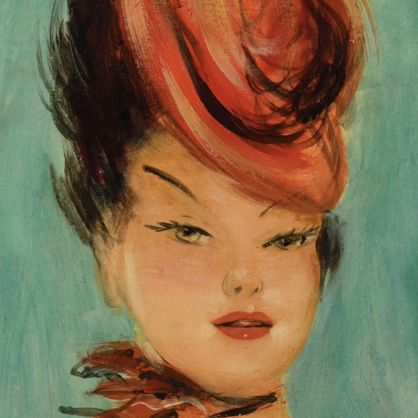
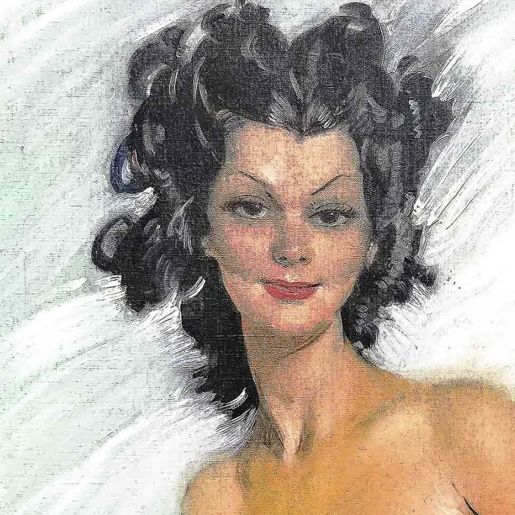
Recognizing the artist's signature
Jean Gabriel Domergue does not necessarily sign his works. What's more, his signature may have changed over the years. That's why expertise is essential.

Knowing the value of a Domergue work
If you happen to own a work by Domergue or after the artist, don't hesitate to ask for a free valuation using our form on our website.
A member of our team of experts and certified auctioneers will contact you promptly to provide you with an estimate of the market value of your work, as well as any relevant information about it.
If you're thinking of selling your work of art, our specialists will also be on hand to help you find alternatives for selling it at the best possible price, taking market trends into account.
Response in less than 24h
Related topics
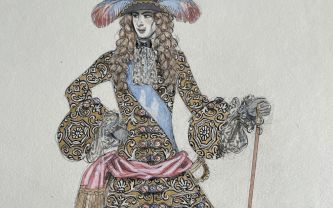
Rating and value of works, fashion drawings, paintings by Ge...
Georges Barbier was a twentieth-century French illustrator and fashion designer who produced drawings and paintings listed at auction.
Read more >
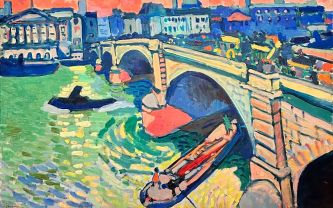
Rating and value of paintings by André Der...
André Derain was a Fauvist painter and later a 20th-century realist who produced valuable paintings, drawings and other works.
Read more >
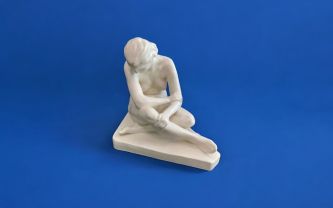
Rating and value of sculptures, bronzes and paintings by Paule B...
Paule Bisman is a 20th-century Belgian sculptor and painter. Her works reach unprecedented heights on the art market.
Read more >
Secure site, anonymity preserved
State-approved auctioneer and expert
Free, certified estimates
